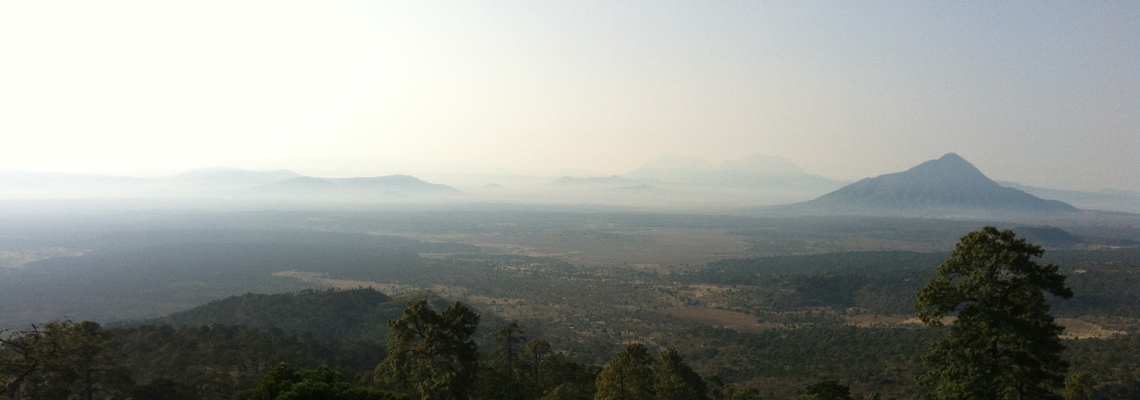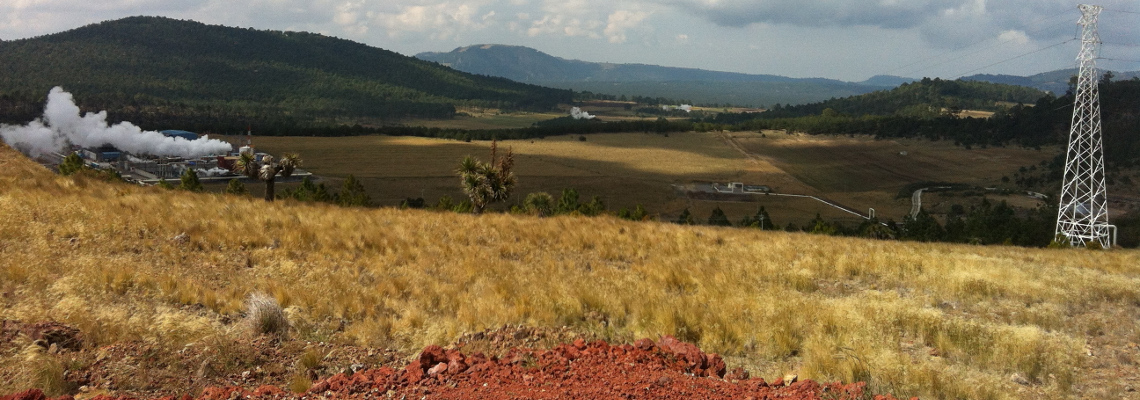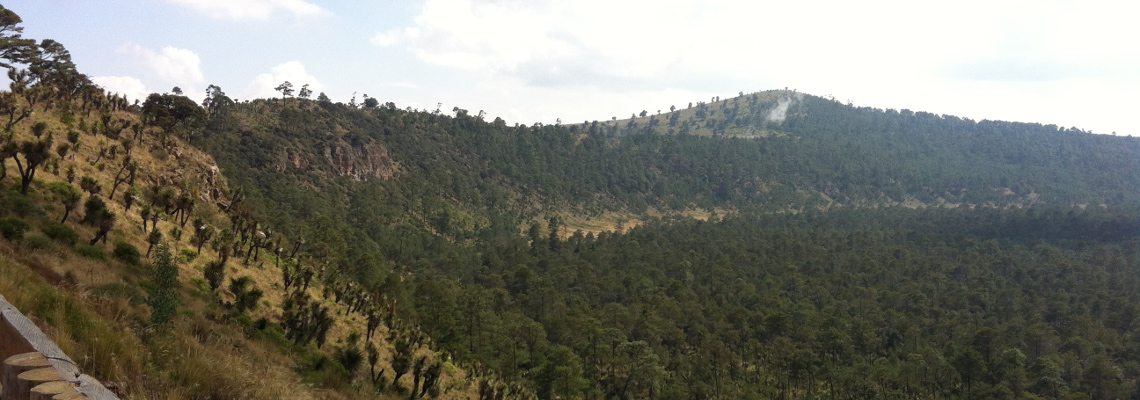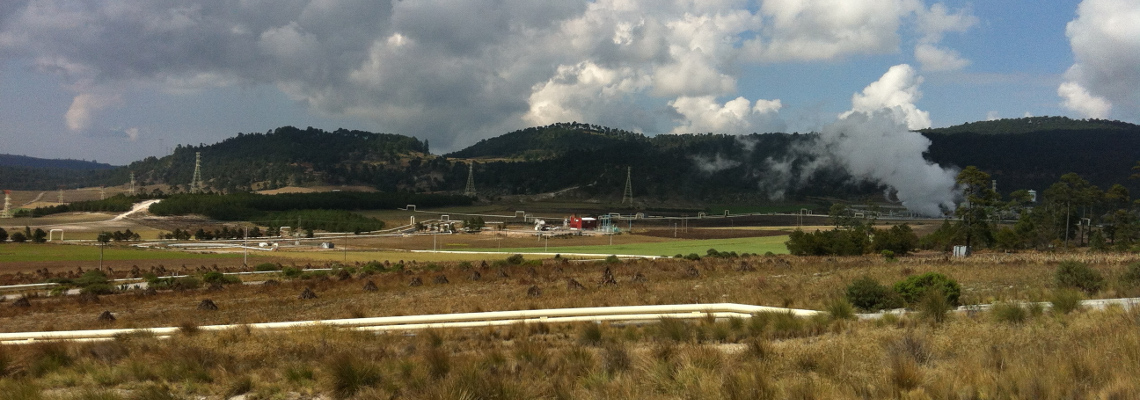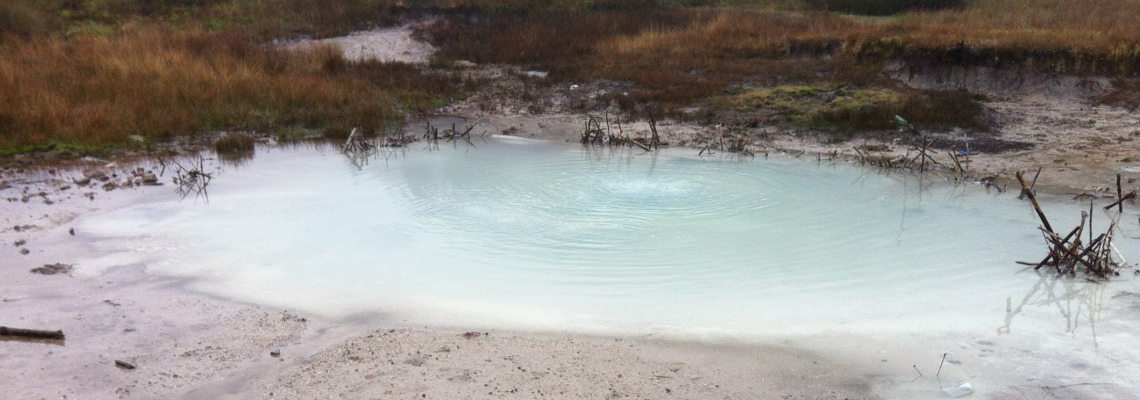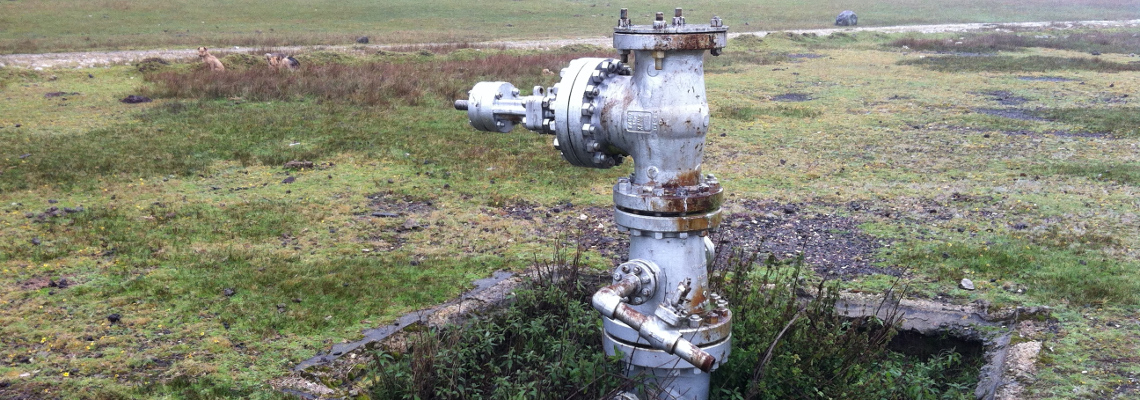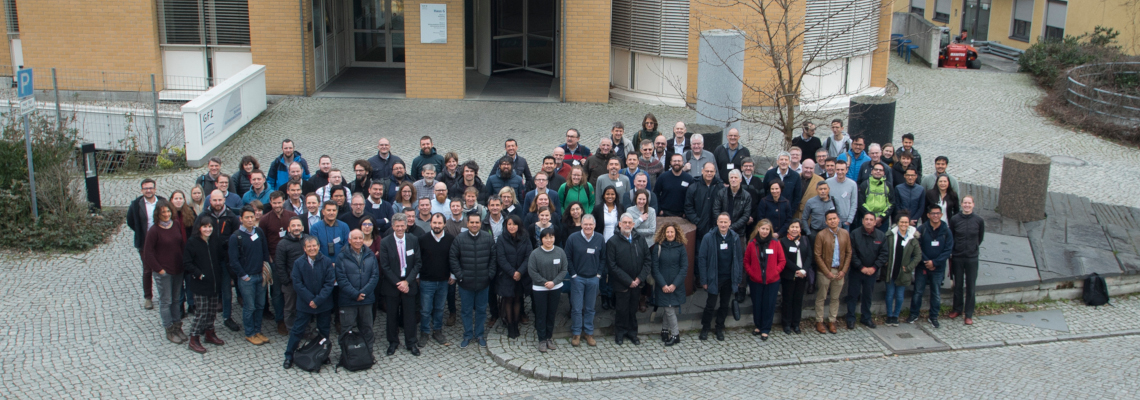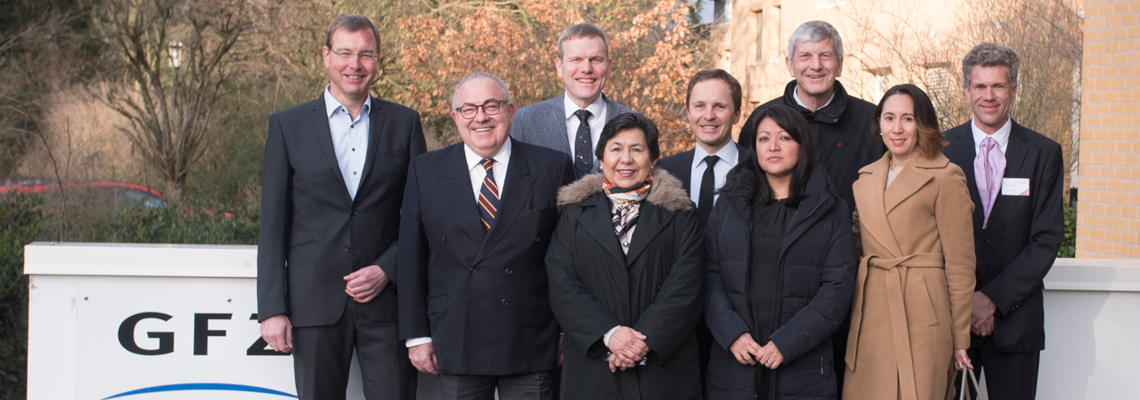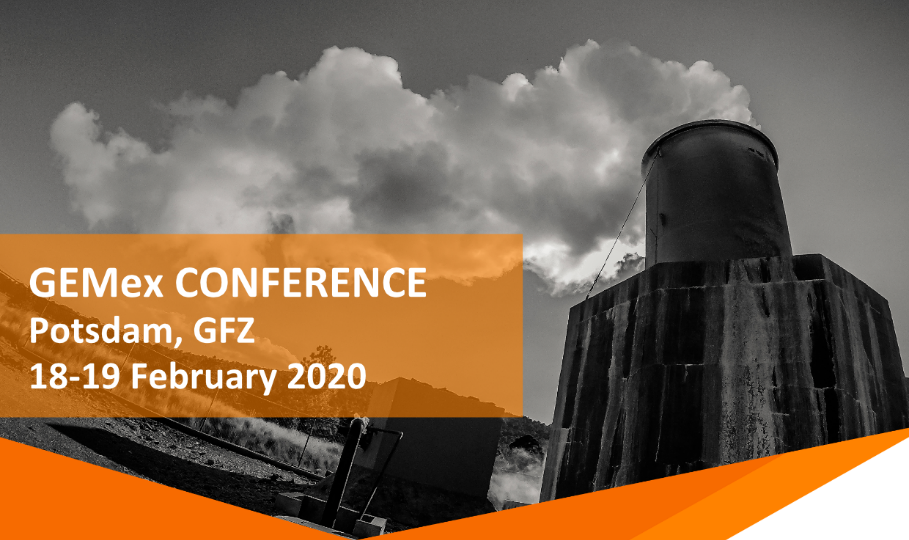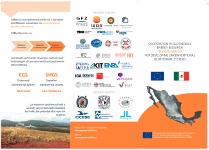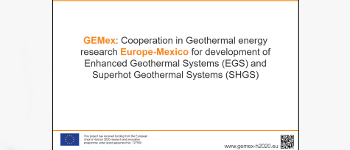E-news #1:
Geochemical characterization and origin of cold and thermal fluids
The study of the chemical and isotopic characteristics of cold and thermal waters allow to better understand the interaction processes between rocks and water. During 2017 and 2018, the GEMex team recovered many gas and water samples during field sampling trips in Los Humeros and Acoculco geothermal field. It gives precious information on the main recharge areas, the thermodynamic conditions and the fluid migration in the subsurface.
The study on soil degassing was also performed in Los Humeros and Acoculco geothermal field. The study shows that the CO2 flux rate is related to structural permeability: an increased CO2 flux rate and high concentration of Radon and Thoron isotopes correlate with known faults. Also, the isotopic signature of the CO2 shows that it has a deep origin.
Samples of geothermal fluids from some geothermal wells and thermal springs give the opportunity to develop an auxiliary chemical and isotope geothermometers, in order to better know the deep reservoir temperature in High-T volcanic areas such as Los Humeros and Acoculco.
Laboratory Experiments on Fluid rock interaction under specific conditions (CO2 overpressure at 200-300°C) have been conducted to better understand the hydrothermal alteration processes of the reservoir. Another geochemical modelisation study is on-going: the objective is to reconstruct the deep fluid composition at the well bottom.
Tracers are molecules which behave like sensors when injected in small quantities. The tracer field test* is an essential reservoir management tool when monitoring preferential flow paths and preparing reinjection strategies to maintain sustainability of the reservoir. There are no tracers available which can be used at supercritical conditions, for the ones commonly used are unstable at high temperatures conditions. The GEMEX team is currently investigating tracers which can be then used by field operators in supercritical reservoirs (for exemple in Los Humeros).
* In such a test, the tracer is injected into an injection well, and its reappearance is monitored in production wells over a period of time which varies from a few days till several months and years. Figure 9: Radon/thoron measurement plus taking a gas sample for micro gas chromatography
Figure 9: Radon/thoron measurement plus taking a gas sample for micro gas chromatography
